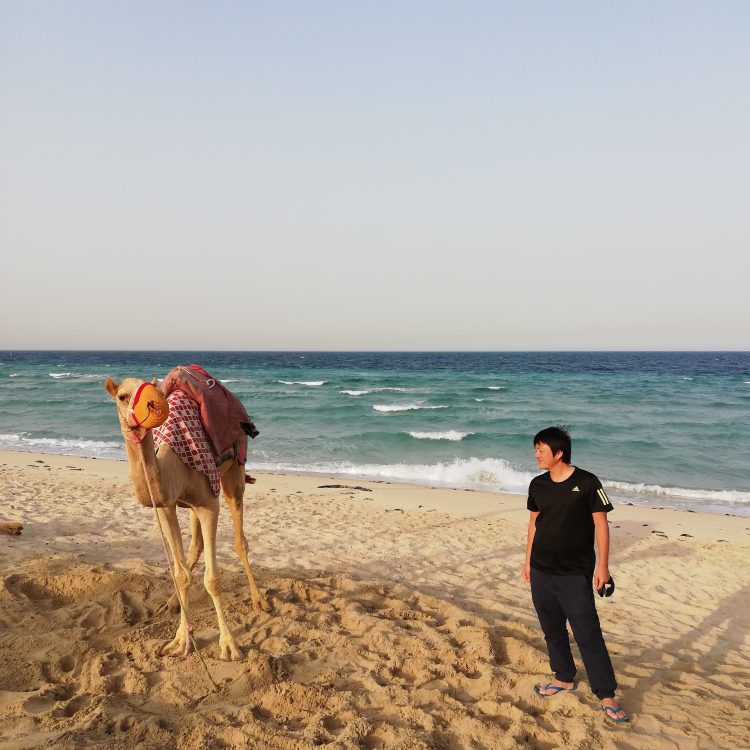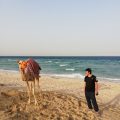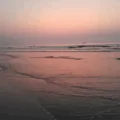
“Live at Pudokan / Ryoma Maeda” Production Story
Q: What was the concept behind Live at Pudokan?
Ryoma Maeda: When I was a teenager, I was really into live albums by bands like Queen and RC Succession.
I grew up on the Goto Islands, a remote area in the far west of Japan, so it wasn’t easy to go see live shows in person.
Back then, YouTube and the internet weren’t as developed as they are today, so I didn’t have many chances to watch concert footage either.
That’s why I loved live albums so much — I used to imagine the whole concert scene just from the audience cheers and the atmosphere captured on the record.
I always wanted to make my own live album someday, but the opportunity never came.
So this time, I decided to use technology to make that dream come true.
By sampling audience sounds from concert halls and applying hall reverb to the mix, I created a virtual live album — that’s what Live at Pudokan is all about.
Q: What’s the meaning or intention behind the title “Pudokan”?
Ryoma Maeda: In Japan, the Nippon Budokan is a legendary concert venue — many iconic live albums are titled Live at Budokan.
I’ve always admired that, so I decided to play with the idea a little and name mine Pudokan.
It’s both a parody and a tribute at the same time.
Q: Does the album include any improvisation or ad-lib elements?
Ryoma Maeda: For the track Guitar Solo, I first played an improvised take and then edited it afterward.
Interestingly, I didn’t use a real guitar — the sound actually comes from a synth preset with a guitar tone.
But I have to say, while I was playing it, my face looked exactly like a real guitarist’s face! (laughs)
Q: What kind of emotions do you want listeners to feel?
Ryoma Maeda: I want them to feel as if they’re watching a Ryoma Maeda concert in a huge stadium — to experience that kind of excitement and energy.
Q: Were there any new challenges or experiments in this project?
Ryoma Maeda: The concept of a “virtual live album” itself was a new experiment for me, but musically there were other challenges too.
For example, the track Yoake no Jibikiami (Seine at Dawn) was created with the image of a fictional progressive rock band performing it.
It’s actually my first time working with a prog-rock-inspired concept.


